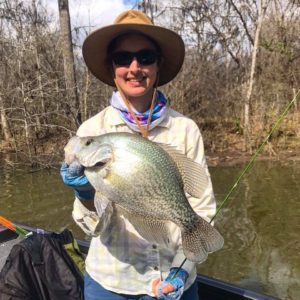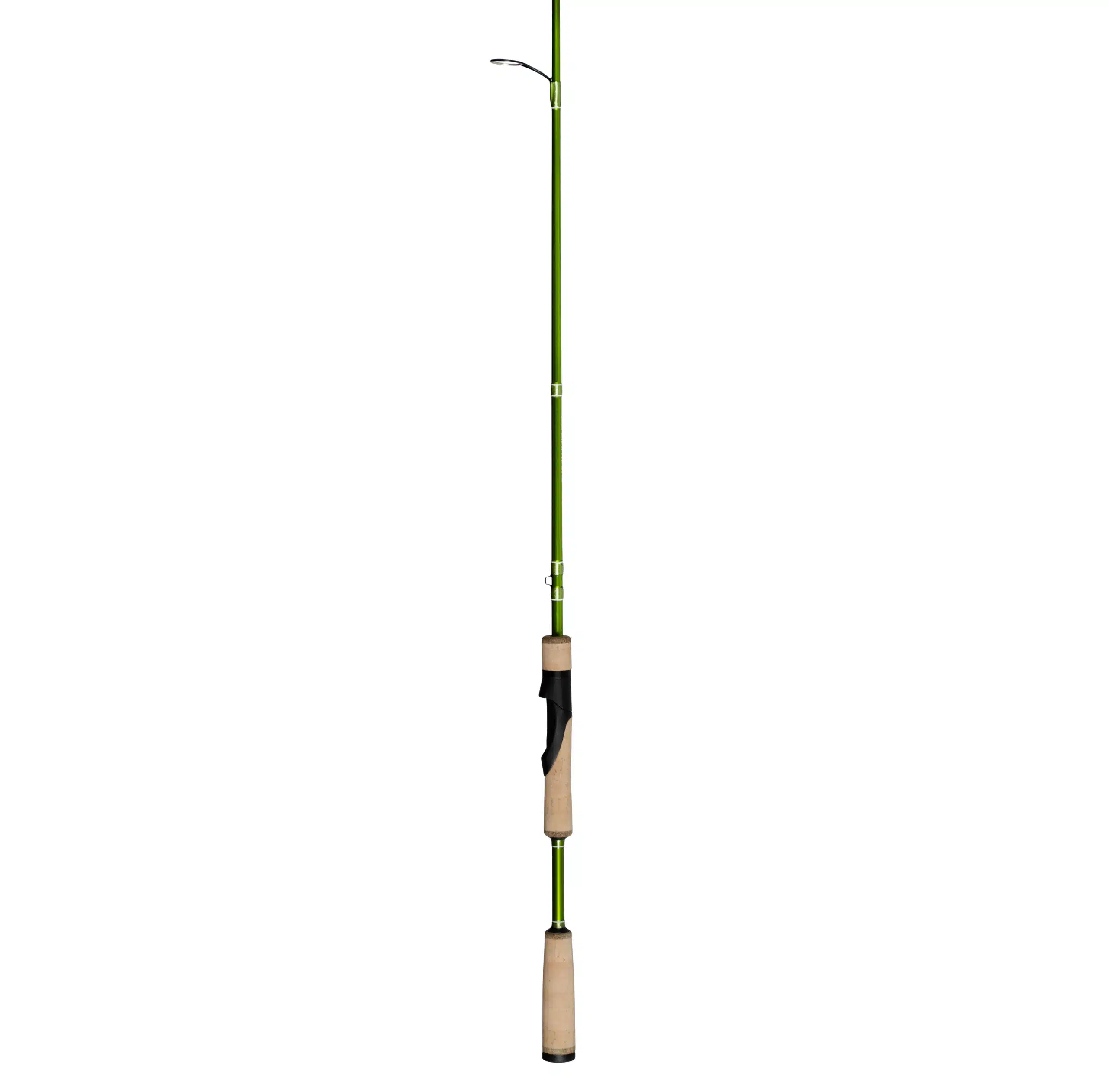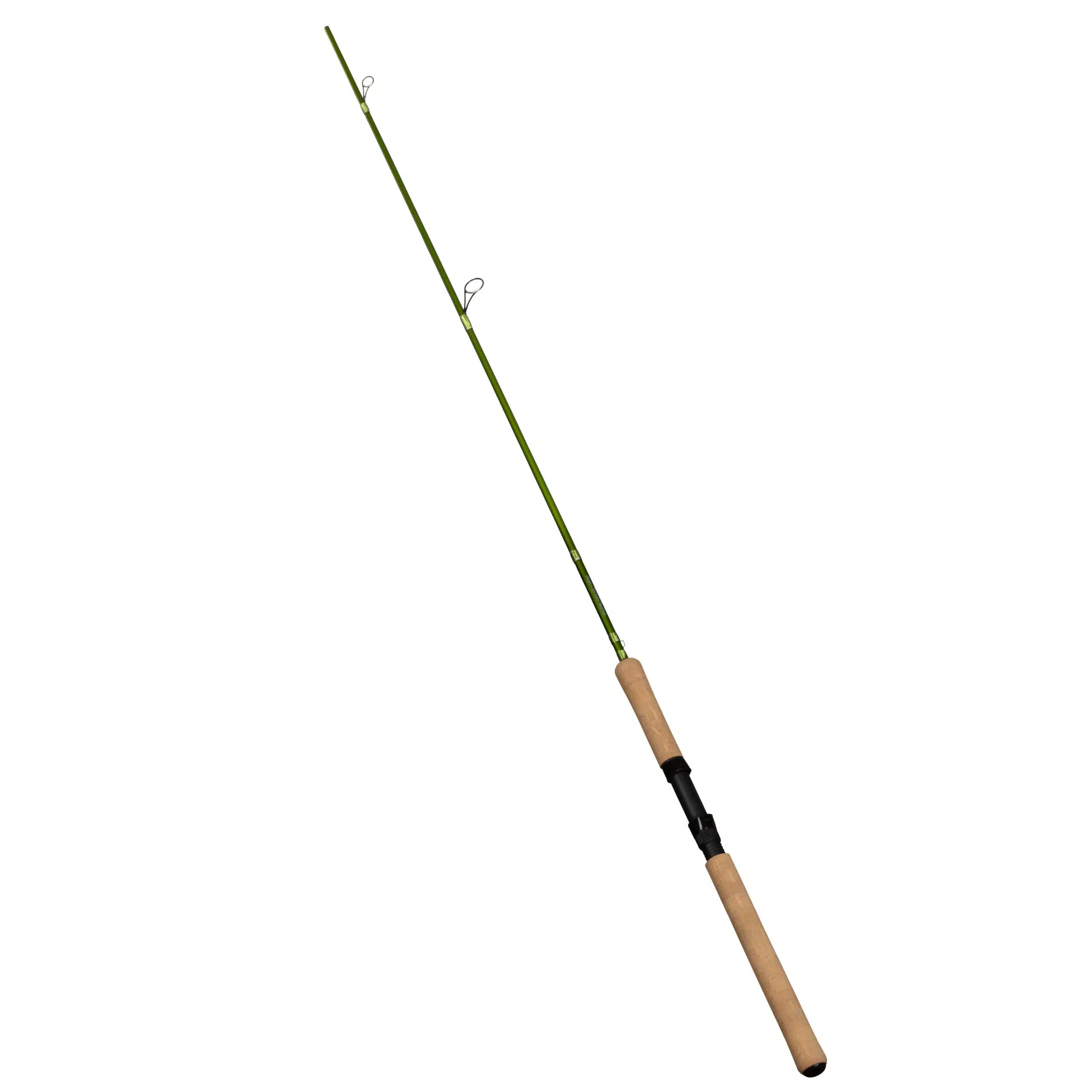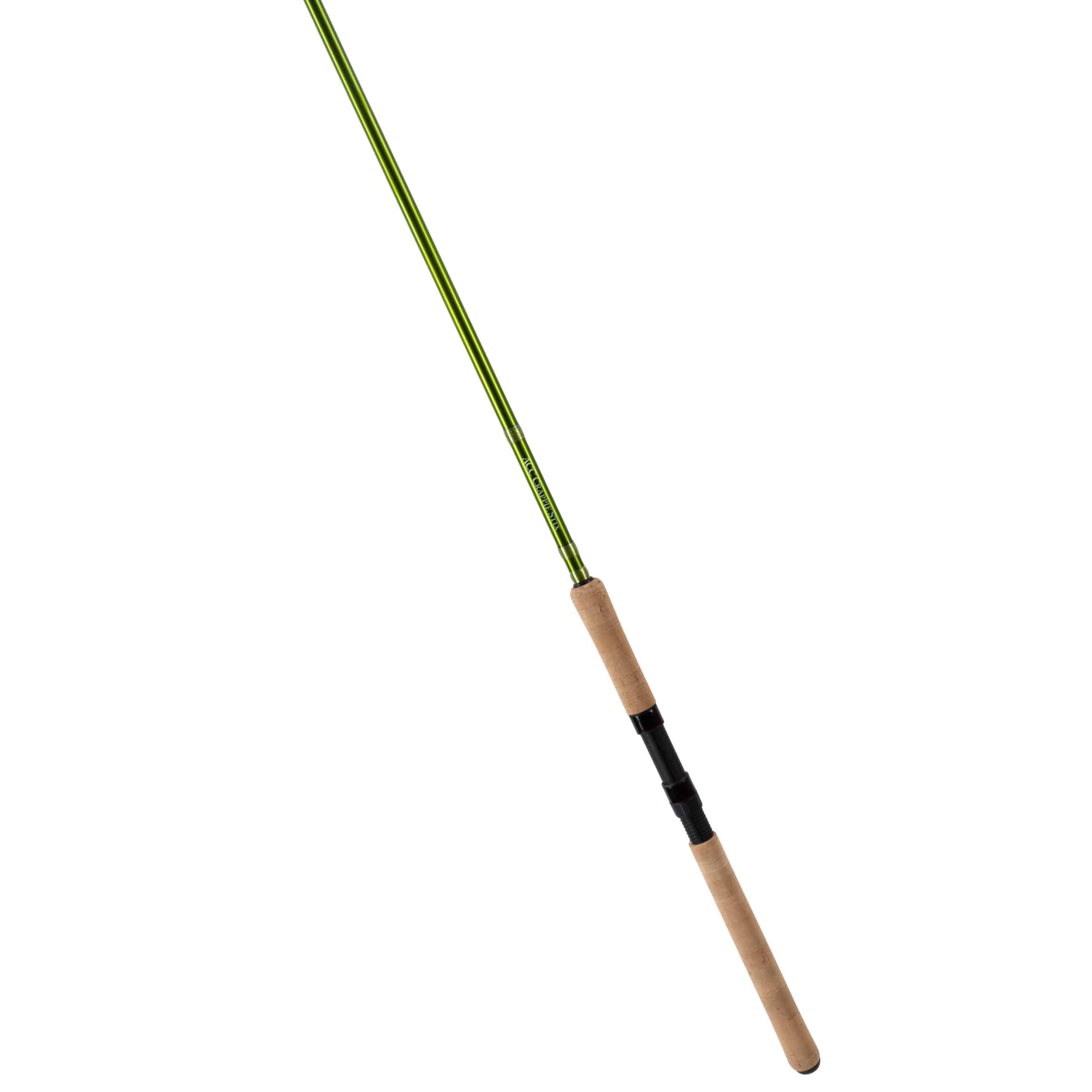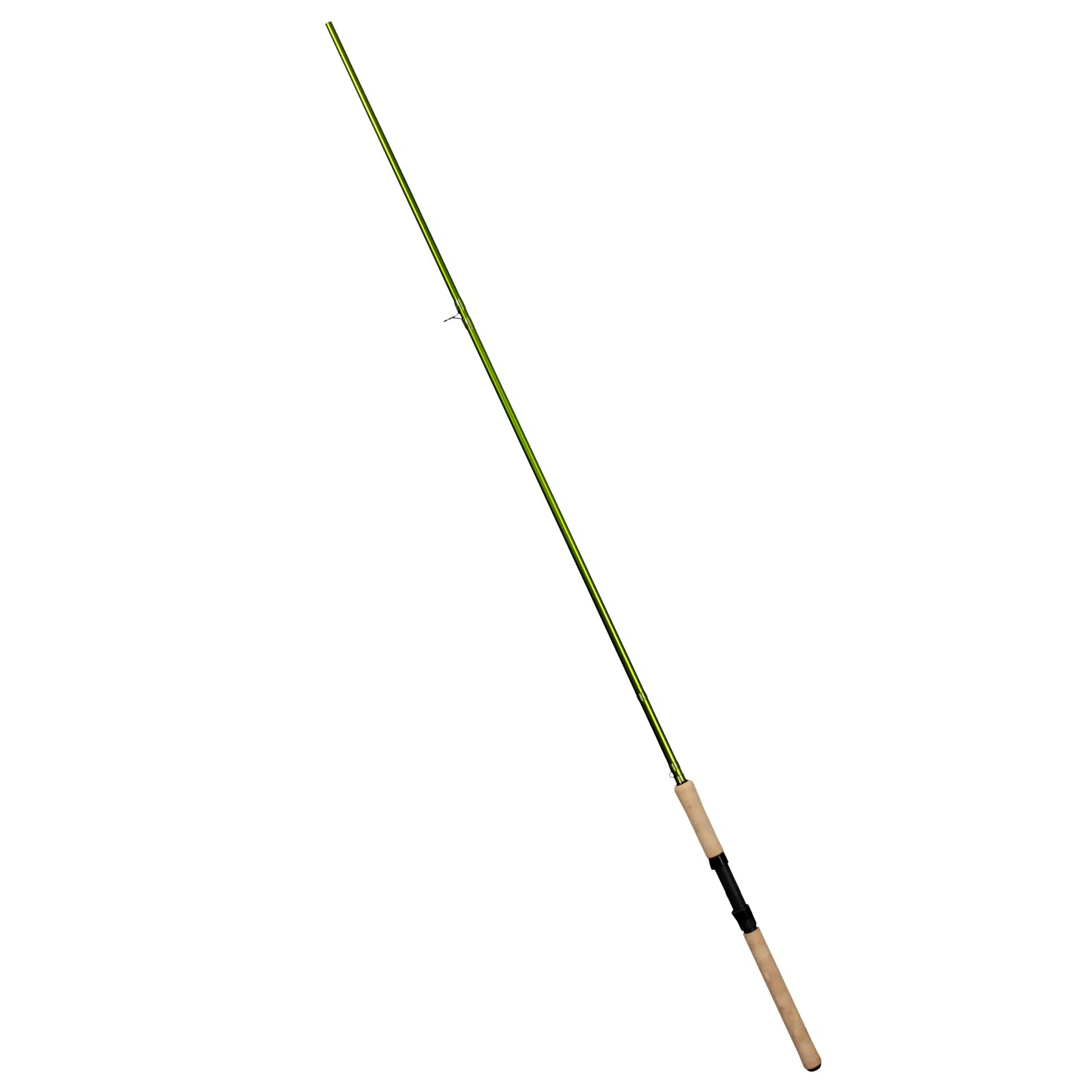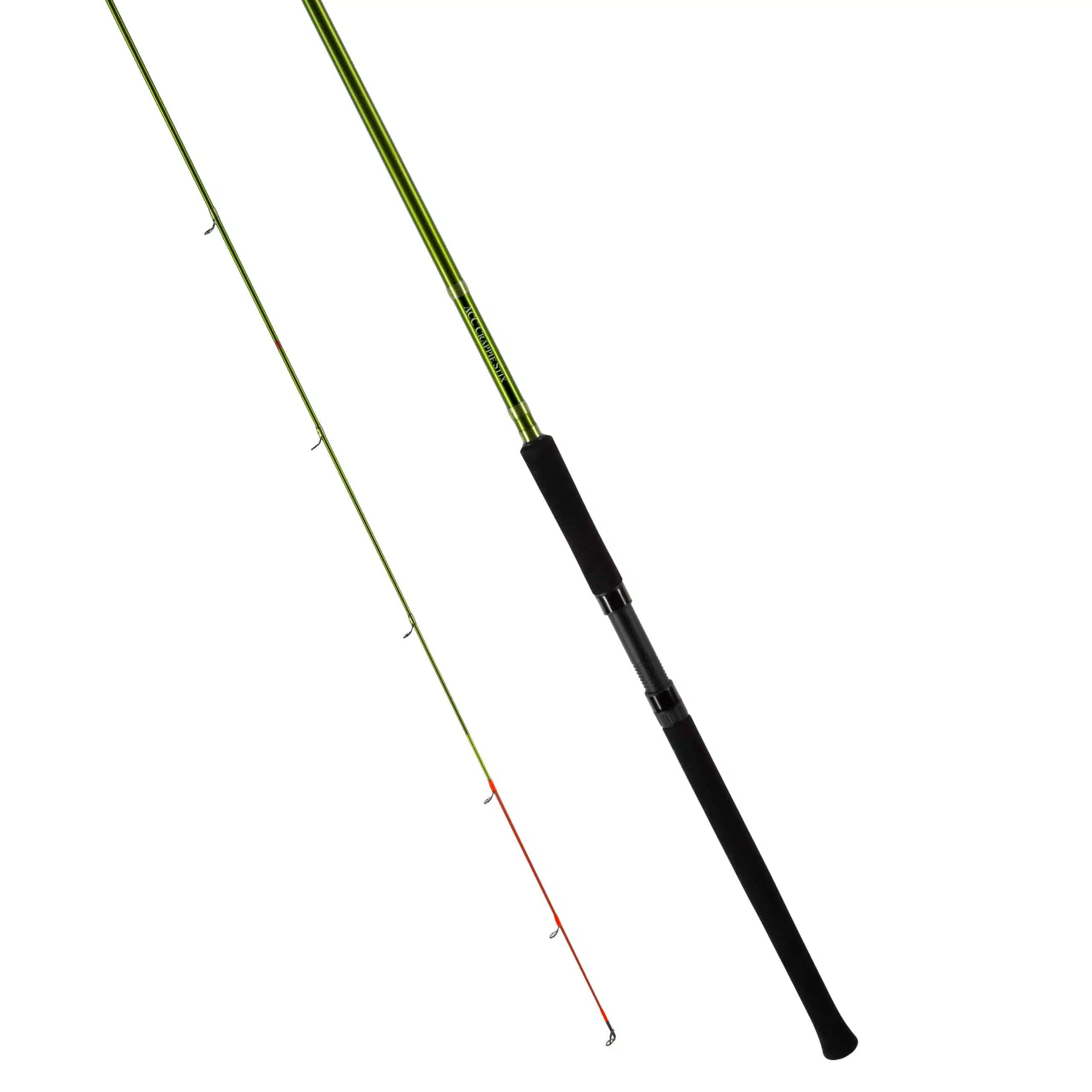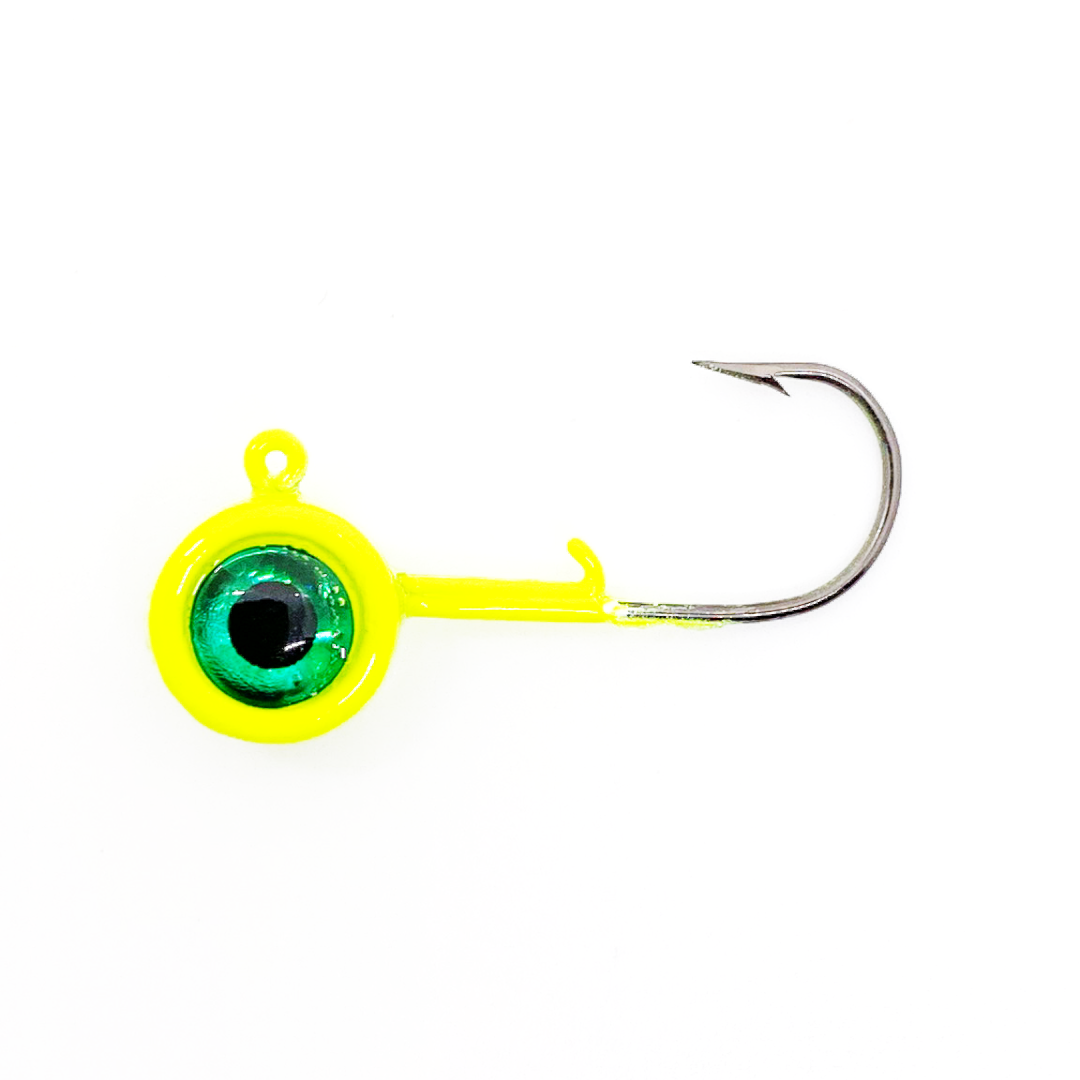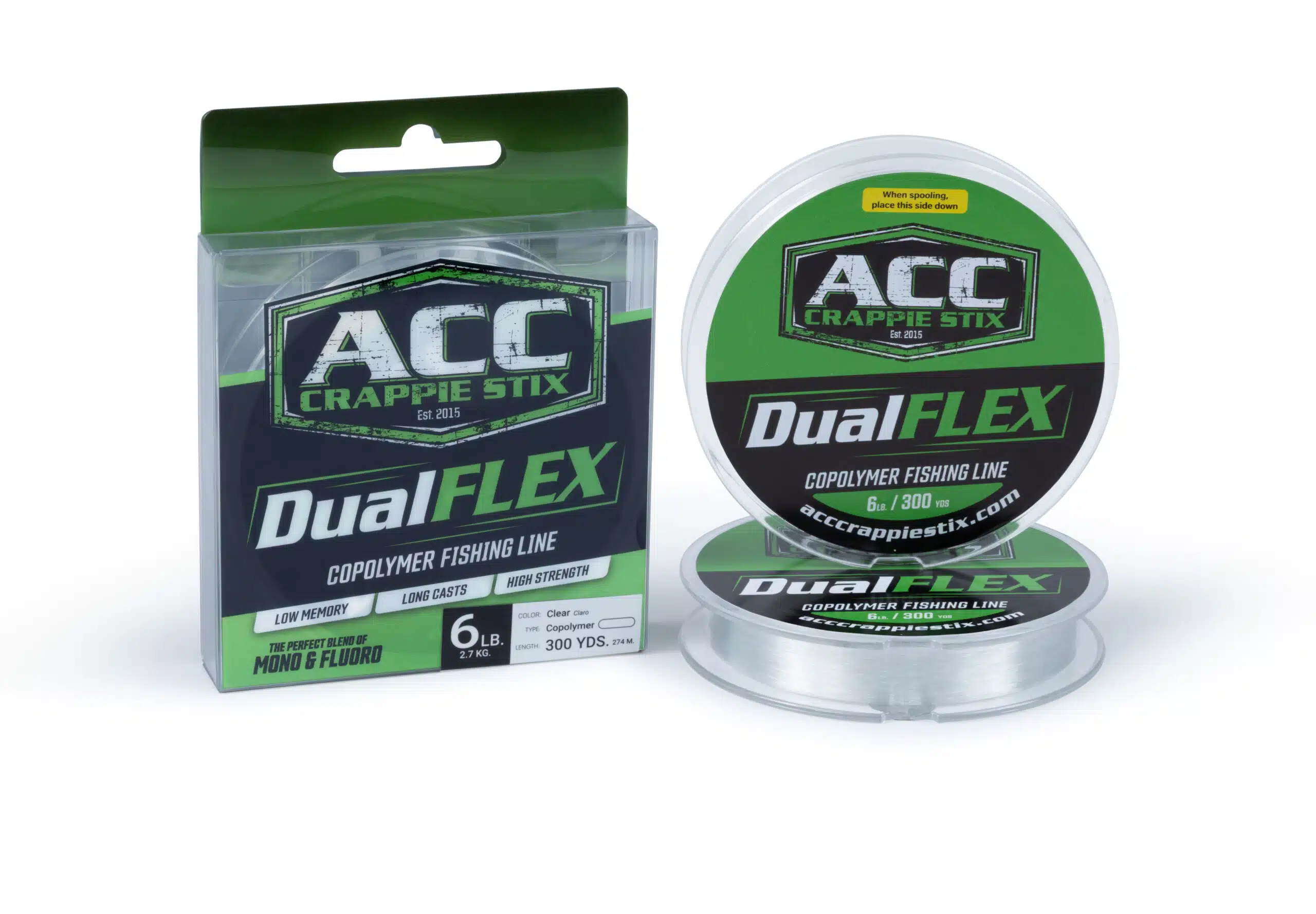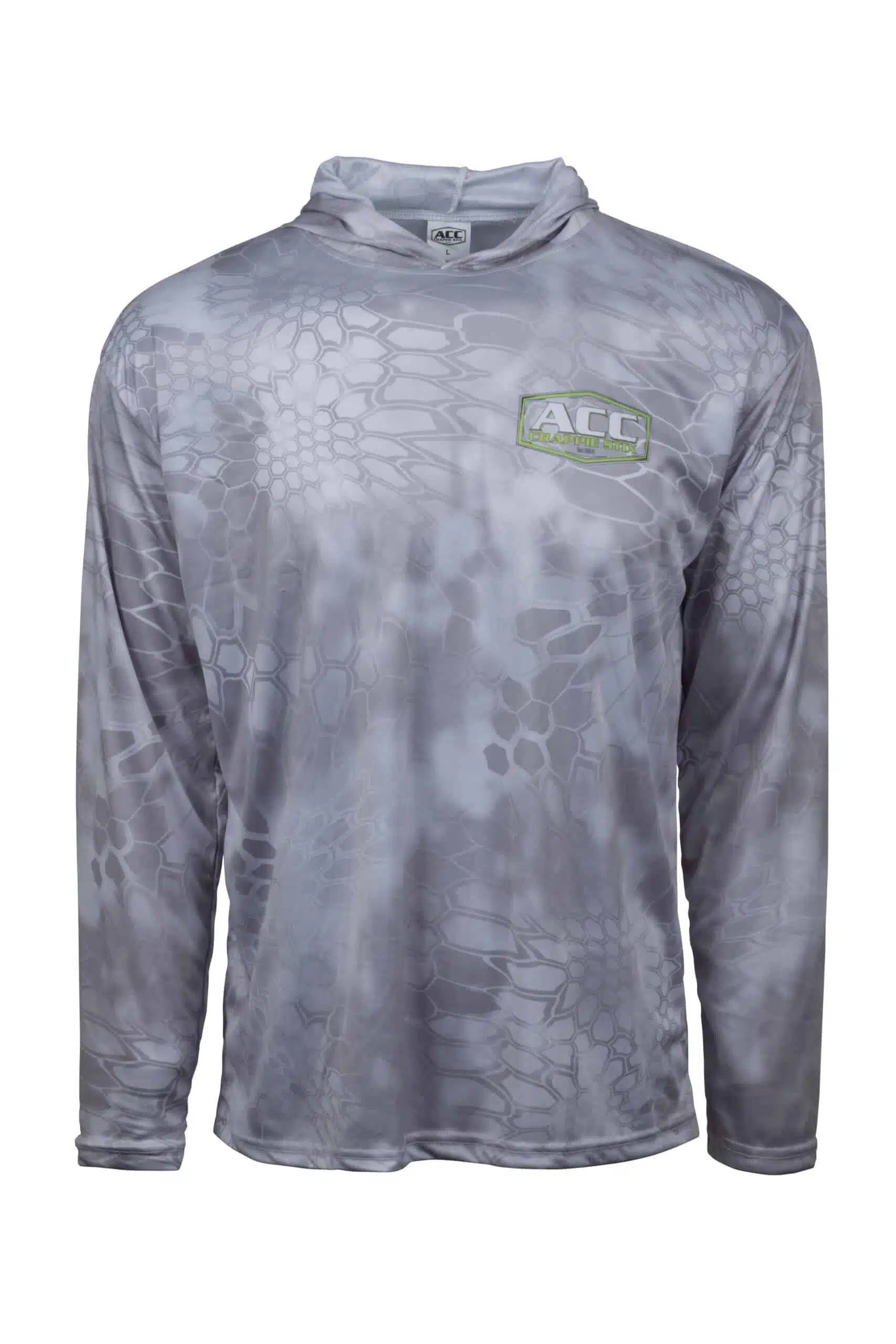If You’re Not Dock Shooting for Crappie, You Are Missing Out
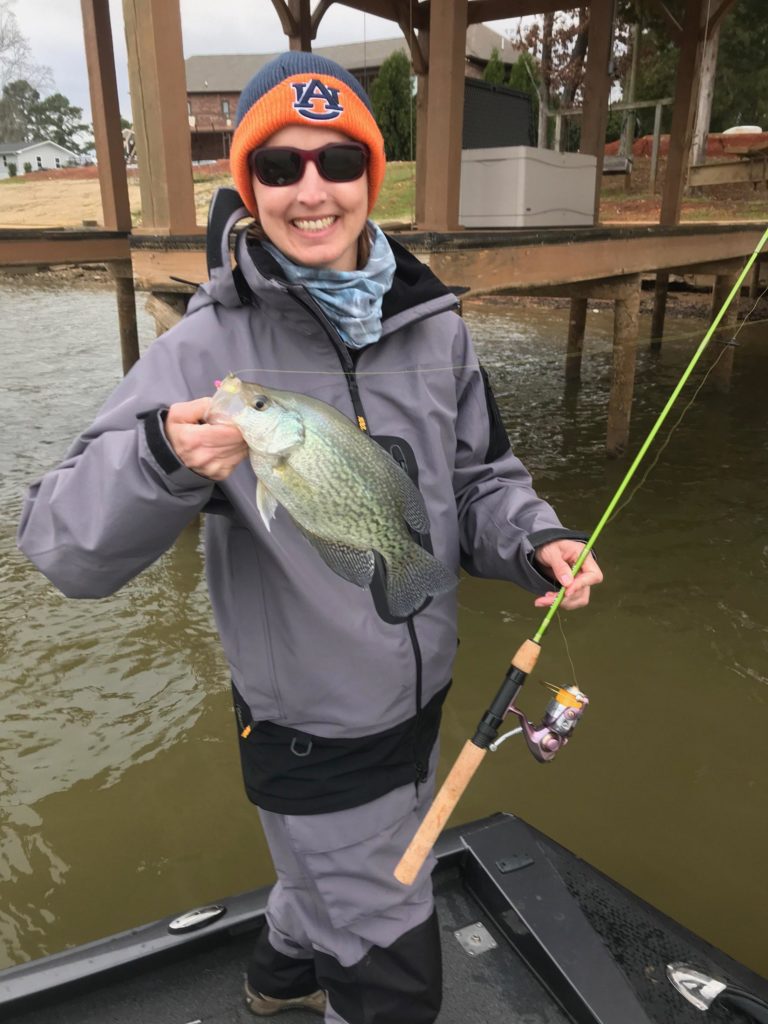
Although it’s truly hard to think like a fish, the fact is that crappie, have some predictable likes and dislikes. Namely, they like cover and they like shade. So do the bait fish that crappie feed on…which makes crappie like cover and shade even more.
Certainly throughout the summer, docks offer crappie the cover and shade from the sun that they crave. Often—especially in the early morning will be the most opportune times to fish under docks as the fish have moved in to feed on the bait fish. If the dock is big enough and in deep enough water, they may even hang out there all day.
So, when fishing docks, what’s the best technique? You can’t overhand cast like you would most of the time. You have to find a way below those nooks and crannies to get under there.
In these situations, dock shooting is a very valuable technique to get under those docks and find the crappie hiding underneath.
What is dock shooting?
Dock shooting is where an angler locks down the line with his rod hand, grasps the hook/jig in his other hand, and pulls it back which bends the rod. Then, by releasing both the line and hook/jig at the same time, the rod slingshots back to its straight position and fires that jig in the direction that the rod is pointing.

To get under those hard to reach docks, there’s no technique like it.
Here’s the thing. You’re not trying to cover the entire distance with the shot. You’re going to be holding the rod parallel to the water so when it fires, it skips the jig and jig under the dock the way you would skip a stone across a pond. That’s why many dock shooters prefer flat shad soft jigs so that they get a really nice skipping action.
The perfect dock shot is one where there’s no loud PLUNK which could scare away fish. The skipping effect keeps the noise down and seems more natural to the way a bait fish or insect would land.
Step-by-step dock shooting basics
You won’t be perfect in the first five minutes. It may even take you several sessions to get the basics right. However, it’s not rocket science—even if you are shooting your hooks around like rockets. You will figure it out soon enough, and then you will have a great new tactic to use when you need it.
WARNING – This is very important. When you let the jig go, it’s going to shoot out of your hand. The last thing you want is a hook traveling at that speed to go into your fingers. So, be very, very careful at this stage. The number one thing you need to do when learning to dock shoot is to really ensure that the hook has the clearance to not snag you in any way.
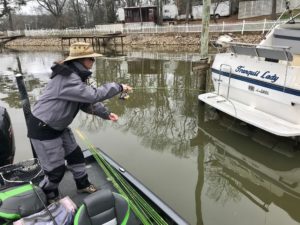
Step 1 – Hold the rod up and release the bail until the jig is about twelve inches above the reel. The key here is to do it the same way each time.. If you use the distance between the hook and the reel as your guide, then you will get a nice consistent slingshot effect that you can count on. If you find that you’re not shooting far enough, move the hook further away from the reel which will bend the rod more and give you more torque & power.
Step 2 – Grasp your jig by your thumb and index finger and curl the rest of your fingers in so they don’t get snagged when you release the hook. Some people say that you should grab it by the curve in the hook to really make sure it can’t snag you. That’s not the way I would do it, though. However, whichever way you do it, just be very careful at this step.
Step 3 – You should now use your index finger rod hand to hold the line. You want to keep your rod almost parallel with the water so you may have to get down low to shoot it under a dock. Point the rod exactly where you want the hook to shoot but keep it as parallel as possible.
Step 4 – Pull the jig back to get a nice, full parabolic bend on your rod. Release the hook and the line at the same time to slingshot your jig under the dock. If your hook flies up, that means you released the hook too soon. If it shoots down into the water, that means you released your line too soon.
This is where the timing comes in and where you’ll really have to work at doing it right. By releasing the line and the hook at the same moment in a smooth way, that hook and jig will go flying in the direction of the pole.
Tips for dock shooting like a pro
- Shade is the real reason the crappies love to hang out under docks.. They can hide in the dark shaded areas to ambush the bait fish so target the darkest areas.
- Try using high visibility line so you can see the line move under the dark dock. Seeing a line move in full light is hard enough, let alone once you’re under the dock.
- Shoot the dock from all angles. Move around it with your boat and really be patient. You might be fishing it from one side and not get any bites. Simply moving to another side might truly open up the bites. Each dock is its own puzzle to figure out.
- Be prepared on the jig fall to snag crappie. Crappie love to school and under such a small area as a dock could mean there are dozens and dozens of hungry fish down there. Your jig may not make it to the bottom as it falls by so many fish. So be ready. Give the jig a little wiggle on the fall as well. That can absolutely trigger a bite when dock shooting the same way it can when you are jigging in open water.
- You definitely want to use monofilament line no bigger than 6# test. Most hard core shooters prefer 4#. You also want hi vis yellow because you will barely feel a lot of these bites. You will usually just see your line jump and sometimes it will be an extremely subtle “tick” in your line. Watch very closely!
- When fishing docks, watch the wind. Remember, the wind brings in bait fish. If you are going to start anywhere on a dock, start on the windy side. The crappie will already be more in tune with that side so when your jig comes skipping in, it might trigger a bite as there already might be some major competition for food that will push them harder.
- The best docks are the first ones where the creeks and rivers dump into the lake. You might have crappie coming down through there that stick to the first decent cover they find. There could be a fish jackpot in there.
- Longer rods give you more power, but shorter rods give you more accuracy. Start with a shorter rod while you’re practicing and then move to longer rods if you need to cover more distance.
- Shooting over and over can be hell on your jig. My buddy puts a little dab of super glue on his to attach it to the hook and claims that he can shoot for hours on the same jig. Not a bad little trick.
Have fun, stay patient, and be careful
Like casting, jigging, spider rigging or other tactics, dock shooting is a specific technique for specific situations. You may go a full season without shooting any docks. But, it’s a tool like any other tool. It’s good to have it in your arsenal and not need it rather than not having it and needing it. In some of the hottest and sunniest days, you may find that dock shooting is the only way to really catch some crappie.
Dock shooting is also kinda fun. My friends and I call our shots like we’re playing pool, with each of us trying harder and harder shots throughout the day. The good thing to remember is that the harder the shot, the bigger chance there is that the previous fishermen who passed by probably didn’t try. That means there might be a honey hole waiting for you aim and fire.
Keep trying and stay with it. You will be an expert dock shooter in no time at all.
